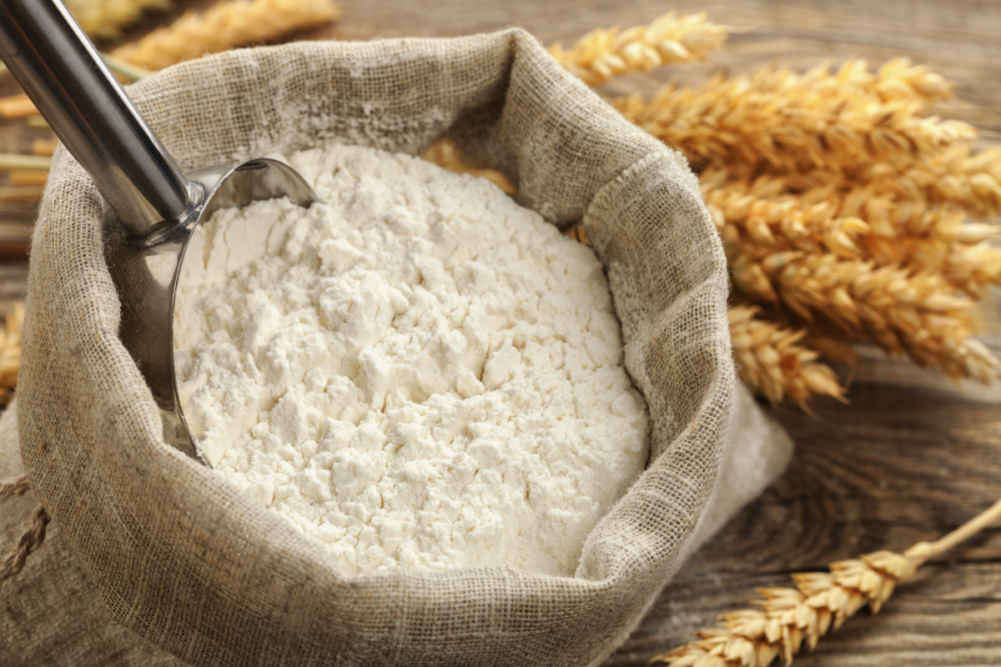KANSAS CITY, MISSOURI, US — Is flour production trending downward?
Addressing an important health measure for the milling and flour-based foods industries, this seemingly straightforward question does not have a simple answer right now.
Recent figures from the US Department of Agriculture are anything but encouraging. The Department’s most recent publication of Flour Milling Products placed July-September flour production at 106.9 million cwts, down 2.7% from 109.9 million cwts in the same quarter of 2022. Moreover, the period marked the fourth consecutive quarter in which production was lower than a year earlier. For the 12 months ended Sept. 30, flour production of 421.2 million cwts was down 10.6 million cwts, or 2.5%, from a year earlier.

Josh Sosland
| Credit: ©SOSLAND PUBLISHING CO.Year-to-date flour production in 2023 (through the first three quarters) was 314.7 million cwts, down 2.8% from January-September 2022 but was within 1.5% of each of the previous 10 years, when production during the first three quarters ranged between 313.1 million and 319.2 million cwts.
Efforts to gauge trends in flour demand have been particularly difficult since the start of the COVID-19 pandemic in early 2020. While important for millers and bakers to watch, quarter-to-quarter changes in flour production tend to be modest. The median flour production change over the past 50 quarters, dating back to the start of 2011, has been 1.2% (on an absolute basis), so even modest market disruptions may blur the picture for those seeking to understand underlying trends.
Causes of such disruptions in the past included transportation problems or surges in demand associated with severe weather. The factors since the start of the pandemic have been more severe, beginning with the hoarding of product, including baked foods and family flour in the pandemic’s first months of 2020. While the behavior was reasonably short lived, a sustained rise in at-home eating and a decrease in away-from-home eating also stirred the flour demand waters as did supply chain disruptions that affected so much of US and global commerce, particularly in 2021 and 2022, and still lingered in 2023. Growth in away-from-home eating, particularly at offices or other non-foodservice outlets, has continued this year.
Also in 2022 and 2023, the worst bout of food inflation in decades has had effects on food demand that may be creating background noise making it difficult to discern longer-term trends for flour. Unit sales volume has been down for flour-based foods, but the same is true for most food categories. Overall food unit volume will not continue to decrease indefinitely, and there is good reason to believe flour-based foods, which generally are inexpensive, will benefit when food volumes flatten or begin to move higher again.
Other hopeful signs have emerged. While a recent survey conducted by the Whole Grains Council showed a quarter of respondents claiming to have reduced gluten intake, the study showed 94% said they eat products containing gluten some or all of the time. The percentage who said they avoid gluten fell to 5% from 8% in 2021. Only 1.3% said they avoid gluten entirely, about the percentage believed to be suffering from celiac disease. Additionally, several gluten-free grains that have been promoted for many years as an alternative to wheat have failed to gain much traction. For example, only 6% of respondents to the survey said they had heard of teff.
Per capita flour consumption trends have been less ambiguous, and it appears likely the figure for 2023 will test or fall beneath the recent low of 129.2 pounds (58.6 kg) hit in 2021. But the jury is still out on whether overall US flour production is trending downward.
Josh Soland is editor in chief of Food Business News and Milling & Baking News, sister publications of World Grain.





